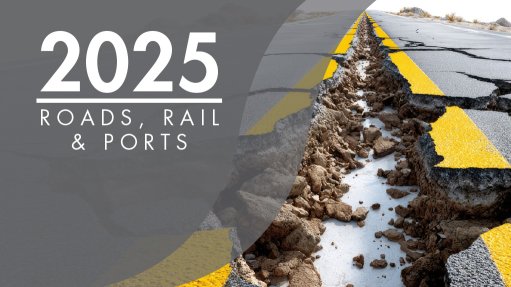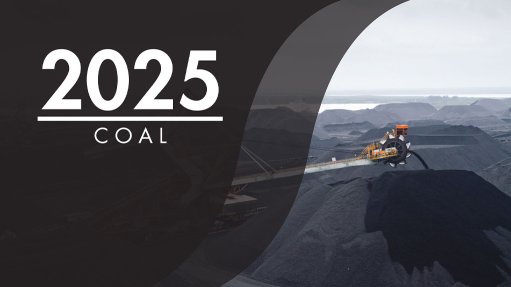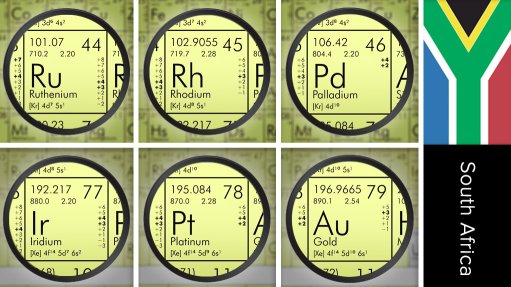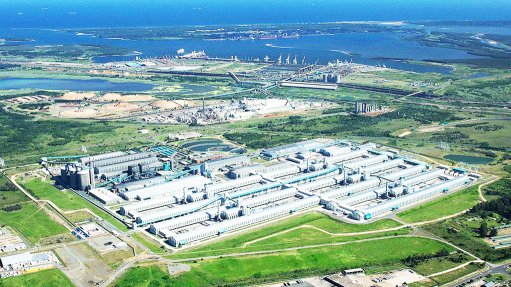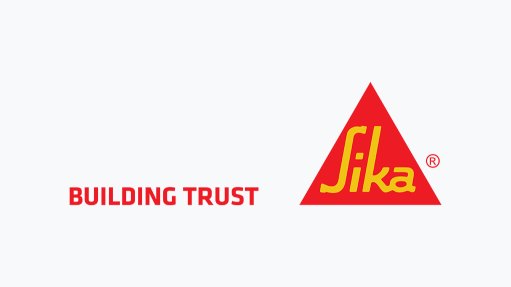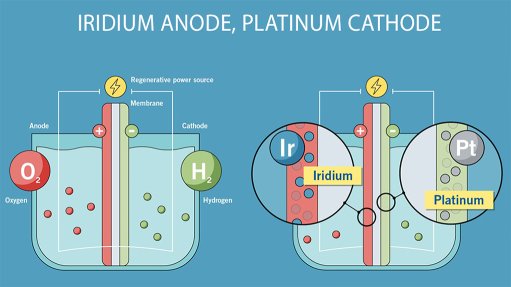Strategic partnerships strengthen steel industry

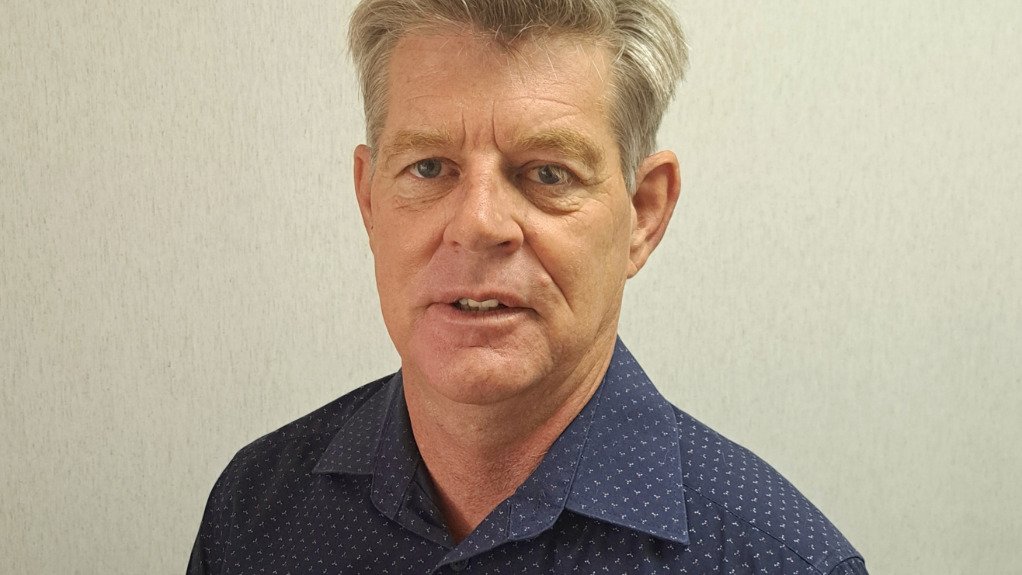
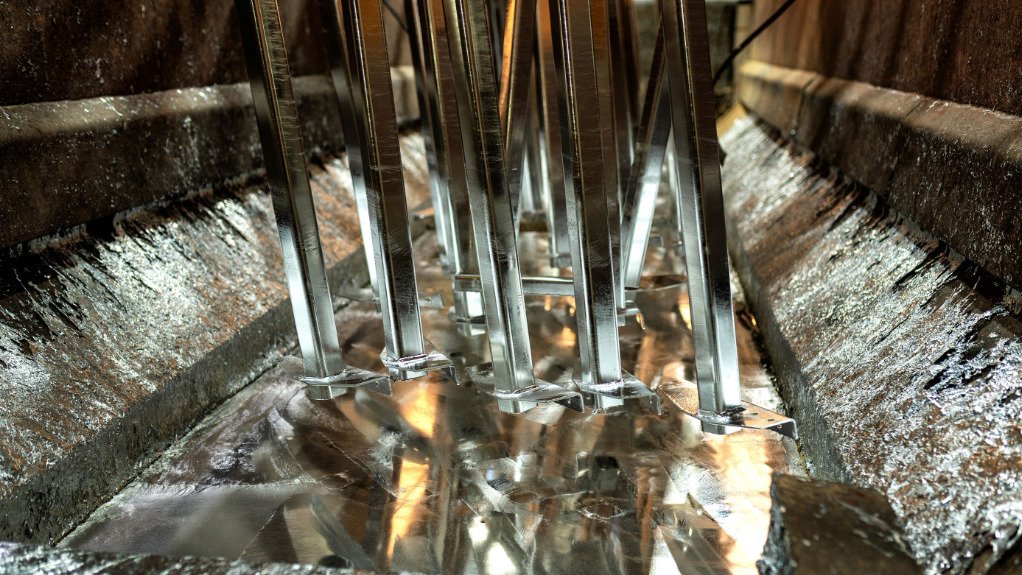
ROBIN CLARKE Through developing cohesively integrated relationships where stakeholders actively take ownership of the outcomes, they can create the economies of scale required to deliver quality at the correct cost
VERTICAL INTEGRATION Having a single point responsibility in a vertically integrated chain increases purchasing power
Strategic partnerships between steel fabricators and hot dip galvanisers provide invaluable opportunities to improve efficiencies and quality control, states industry trade association, Hot Dip Galvanizers Association Southern Africa (HDGASA) executive director Robin Clarke.
He explains that, if the steel industry wants to be globally competitive, then it is imperative that the entire South African steel industry work together.
“Through developing cohesively integrated relationships – where we actively take ownership of the outcomes – we will create the economies of scale required to deliver quality at the correct cost,” he maintains.
In the context of the fabrication and galvanising sectors, Clarke explains that, although the ultimate vertical integration is predicated upon capital investment and equity, a wider variety of options to partner or collaborate can be “put on the table”.
He states that vertical integration occurs when a company acquires control over its suppliers, its manufacturing processes and its distribution channels, leading to greater production efficiency and enhanced control over costs and quality, which ultimately benefits their shared customers.
Despite this array of potential benefits, there are also some challenges for those seeking equity partnerships.
These challenges include access to upfront capital for both shareholders, investment in specialised technology required for different applications, and potential misperceptions around the creation of monopolies.
“Bearing all this in mind, balanced integration is required to exclude the risk of over-specialisation, to take into account changing market conditions and to ensure industry versatility,” Clarke acknowledges.
Moreover, as Africa offers moderate steel product volumes with diverse requirements, retaining the flexibility to pivot and take advantage of a wider variety of opportunities in the market is important.
Clarke adds that hot dip galvanising provides corrosion control for steel and iron structures. The typical workflow may be the design of the steel structure and sourcing of the steel best suited to galvanising, the fabrication of the structure, the hot dip galvanising process itself and the distribution to the site.
“It is imperative that each phase along this value chain operates at optimal efficiency to achieve global competitiveness,” he emphasises.
Further, he points out that there are already local examples of successful vertical integration. Fabricators of transmission towers, road signage and gantries have added galvanising capacity to their manufacturing processes.
Clarke observes that there are also joint ventures that prioritise the manufacturing and galvanising of earth retention parts for mining and road construction – as well as in the fasteners sector.
Some galvanisers also offer paint solutions and can specify duplex coating options for extremely corrosive environments.
Beyond Fabrication
On large projects, Clarke proposes that service providers consider teaming up in the “spirit of integration” – thereby achieving the necessary economies of scale and improving their respective logistical efficiencies.
If fully aligned, stakeholders can extend these benefits beyond simply securing a contract. Clarke explains that “if you have a single point of responsibility in a vertically integrated chain, purchasing power increases – as does the speed and efficiency of production”.
He adds that an integrated quality control system would span the entire project interface, minimising disputes and expediting resolutions to potential problems – “all of which is ultimately beneficial to customers”.
The HDGASA has found that this type of collaboration also facilitates the effective achievement of standards and ensures quality training for integrated and aligned teams. Clarke notes that, in this type of venture, the association provides the same information, but to a wider and better-aligned audience.
In this way, it is possible to ensure that standards and quality are specified and agreed upon from the outset.
“When that happens – in much the same way that successful vertical integration does – quality standards run like golden threads pulling the various stakeholders in the steel value chain closer together,” Clarke concludes.
Article Enquiry
Email Article
Save Article
Feedback
To advertise email advertising@creamermedia.co.za or click here
Press Office
Announcements
What's On
Subscribe to improve your user experience...
Option 1 (equivalent of R125 a month):
Receive a weekly copy of Creamer Media's Engineering News & Mining Weekly magazine
(print copy for those in South Africa and e-magazine for those outside of South Africa)
Receive daily email newsletters
Access to full search results
Access archive of magazine back copies
Access to Projects in Progress
Access to ONE Research Report of your choice in PDF format
Option 2 (equivalent of R375 a month):
All benefits from Option 1
PLUS
Access to Creamer Media's Research Channel Africa for ALL Research Reports, in PDF format, on various industrial and mining sectors
including Electricity; Water; Energy Transition; Hydrogen; Roads, Rail and Ports; Coal; Gold; Platinum; Battery Metals; etc.
Already a subscriber?
Forgotten your password?
Receive weekly copy of Creamer Media's Engineering News & Mining Weekly magazine (print copy for those in South Africa and e-magazine for those outside of South Africa)
➕
Recieve daily email newsletters
➕
Access to full search results
➕
Access archive of magazine back copies
➕
Access to Projects in Progress
➕
Access to ONE Research Report of your choice in PDF format
RESEARCH CHANNEL AFRICA
R4500 (equivalent of R375 a month)
SUBSCRIBEAll benefits from Option 1
➕
Access to Creamer Media's Research Channel Africa for ALL Research Reports on various industrial and mining sectors, in PDF format, including on:
Electricity
➕
Water
➕
Energy Transition
➕
Hydrogen
➕
Roads, Rail and Ports
➕
Coal
➕
Gold
➕
Platinum
➕
Battery Metals
➕
etc.
Receive all benefits from Option 1 or Option 2 delivered to numerous people at your company
➕
Multiple User names and Passwords for simultaneous log-ins
➕
Intranet integration access to all in your organisation






